The Explosion
On July 17, 1944, at 10:19 PM, two tremendous explosions occurred only seconds apart, killing “375 men I think, that was reported to us who lost their lives. But it tore down the barracks that we were in. It tore them up like they were match boxes,” says Joe Small, further injuring 360, the majority of whom were African-Americans. Only 51 bodies were identified. The explosion of 5000 tons of TNT measured as a 3.4 magnitude earthquake.
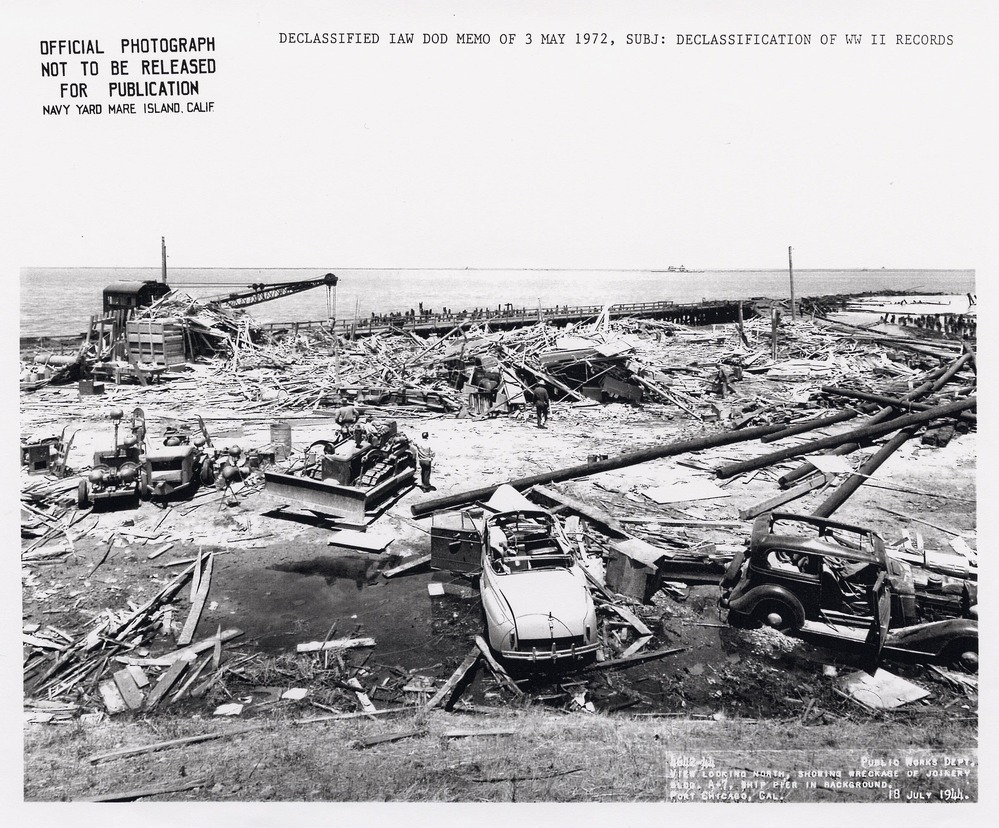
Pier after explosion (Source) National Park Service
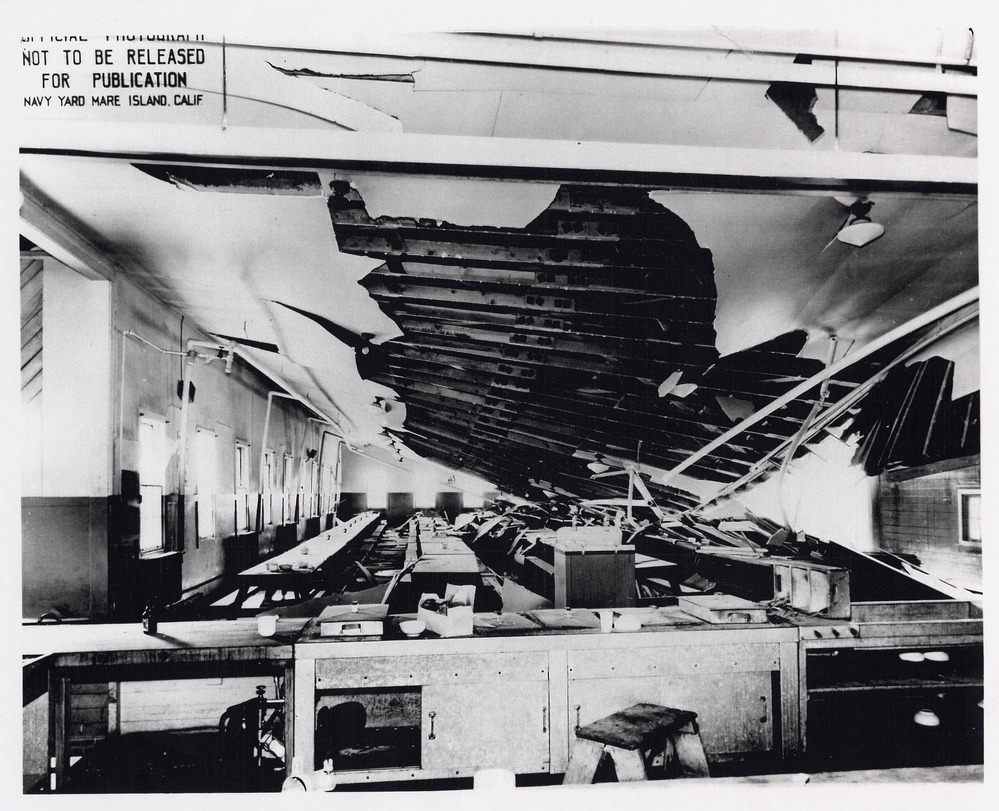
Mess Hall (Source) National Park Service
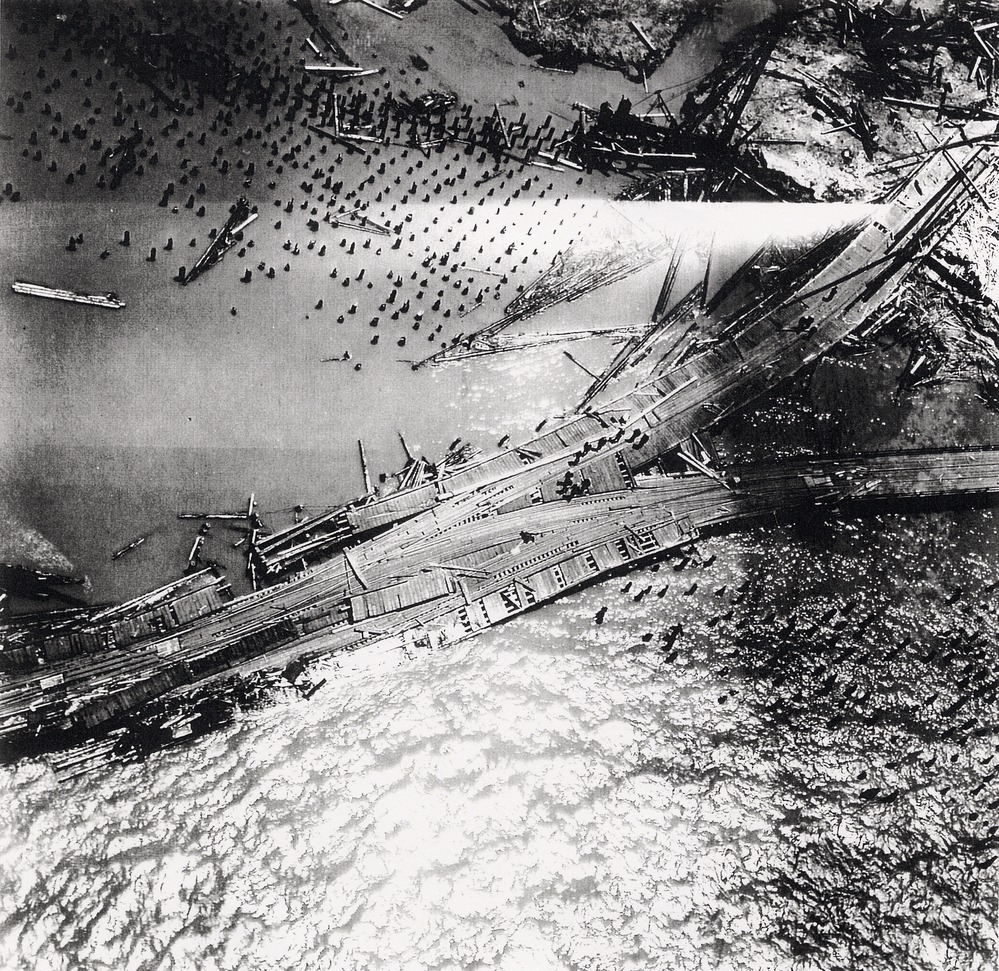
Aerial image of explosion (Source) National Park Service
(Source) NBC Bay Area
"I am injured in my spine, but that is nothing compared with my many friends who have been blown into forgetfulness."
~ Joseph Crosby, 28, Port Chicago disaster survivor
The exact cause of the explosion is unknown but the disaster was the most devastating event on American soil in WWII.
"Man, it was awful -- that was a sight. You see a shoe with a foot in it, and then you would remember how you'd said you're gonna be the first one out of the hold. And you see a head floating across on the water -- just the head, arm. Bodies, just awful. And no ships still and no dock."
~ Jack Critteden, Port Chicago 50
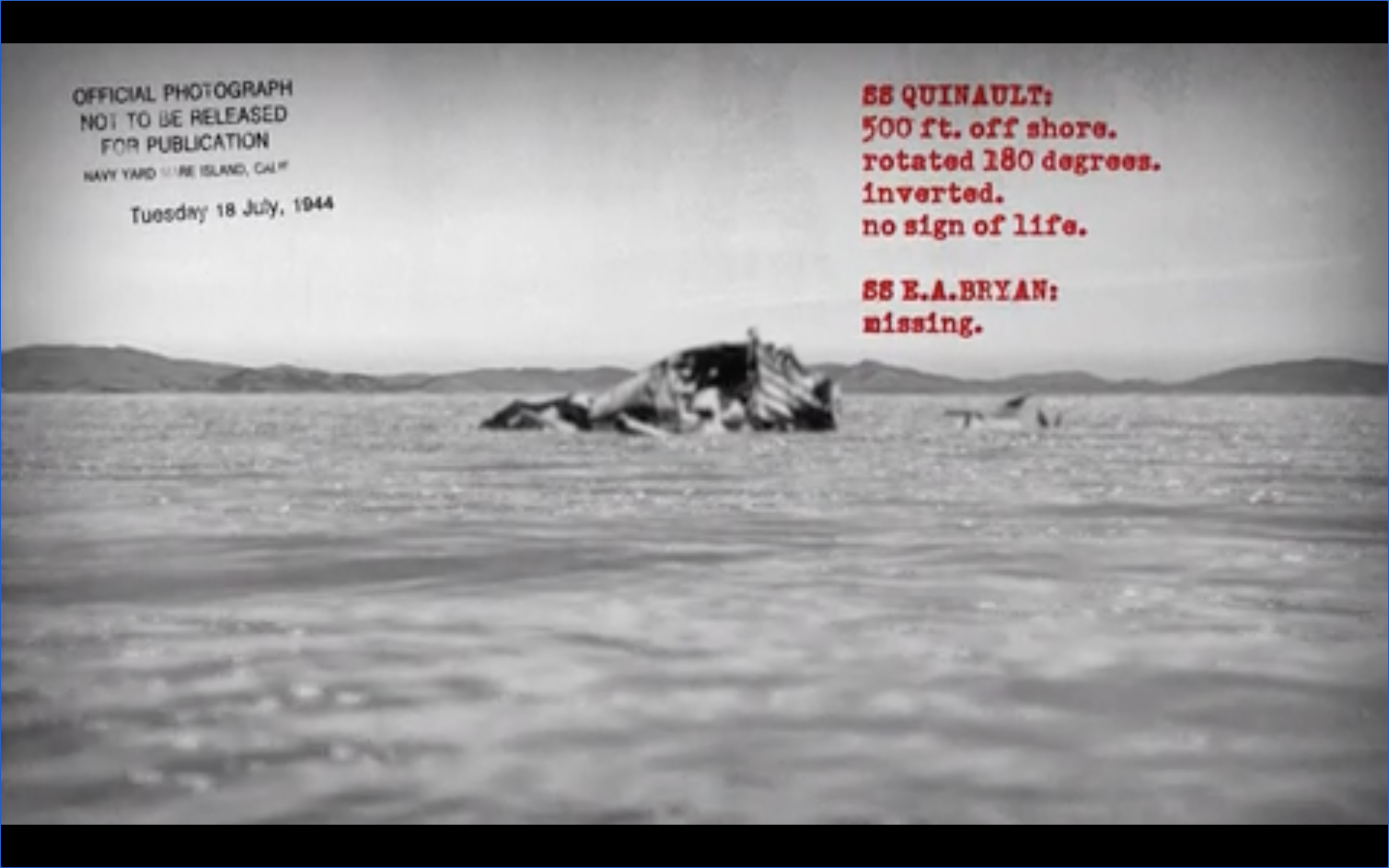
Boat after explosion(Source) National Park Service
(Source) US Deptartment of Veterans Affairs
Surviving sailors were transferred to Mare Island where an official inquiry was held, led by Captain Albret G. Cook. White sailors were permitted to go home, while blacks sailors were required to stay to find survivors, the dead bodies of their peers, and clear the rubble. Furthermore, a Congressional bill sending $5,000 to the families of victims was reduced to $3,000 after segregationist Representative John Rankin learned that African-Americans would receive this funding.
"You loaded the ammo on the boat and it was a terrible thing. You wondered is this it? Is this it? Is it going to explode?"
~ William Ross, survior of Port Chicago Disaster
After 39 days and 120 interviews, a 1,200 page report concluded that neither the white sailors nor officials were guilty; full blame was put on the black sailors, stating they were “reckless". Interestingly, although they didn’t determine what caused the explosion, they were able to determine blame.
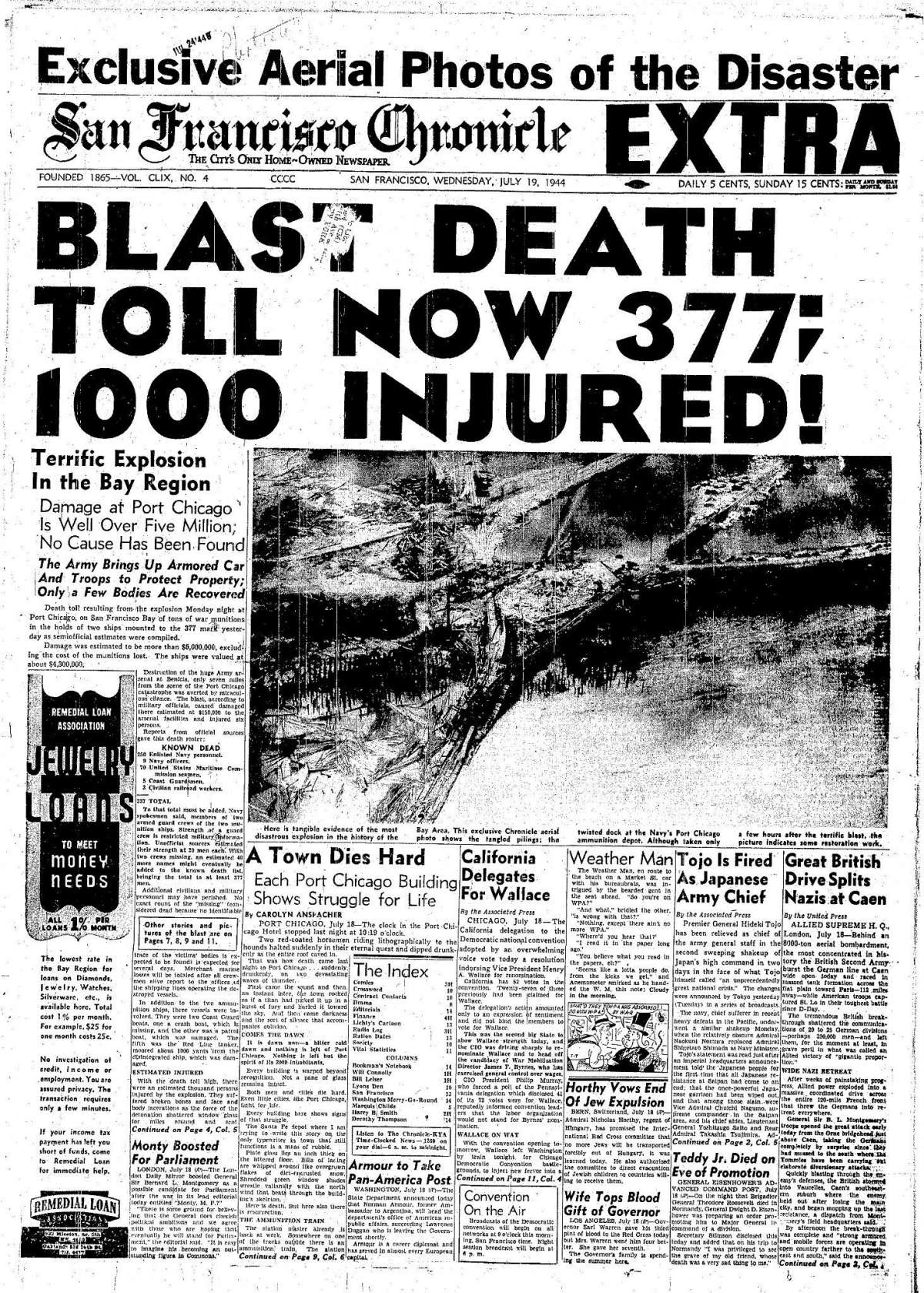
(Source) San Francisco Chronicles